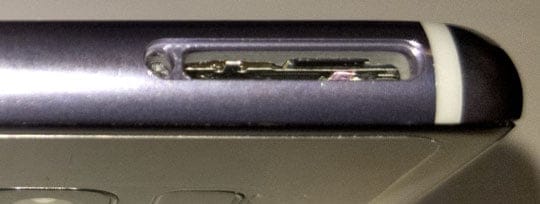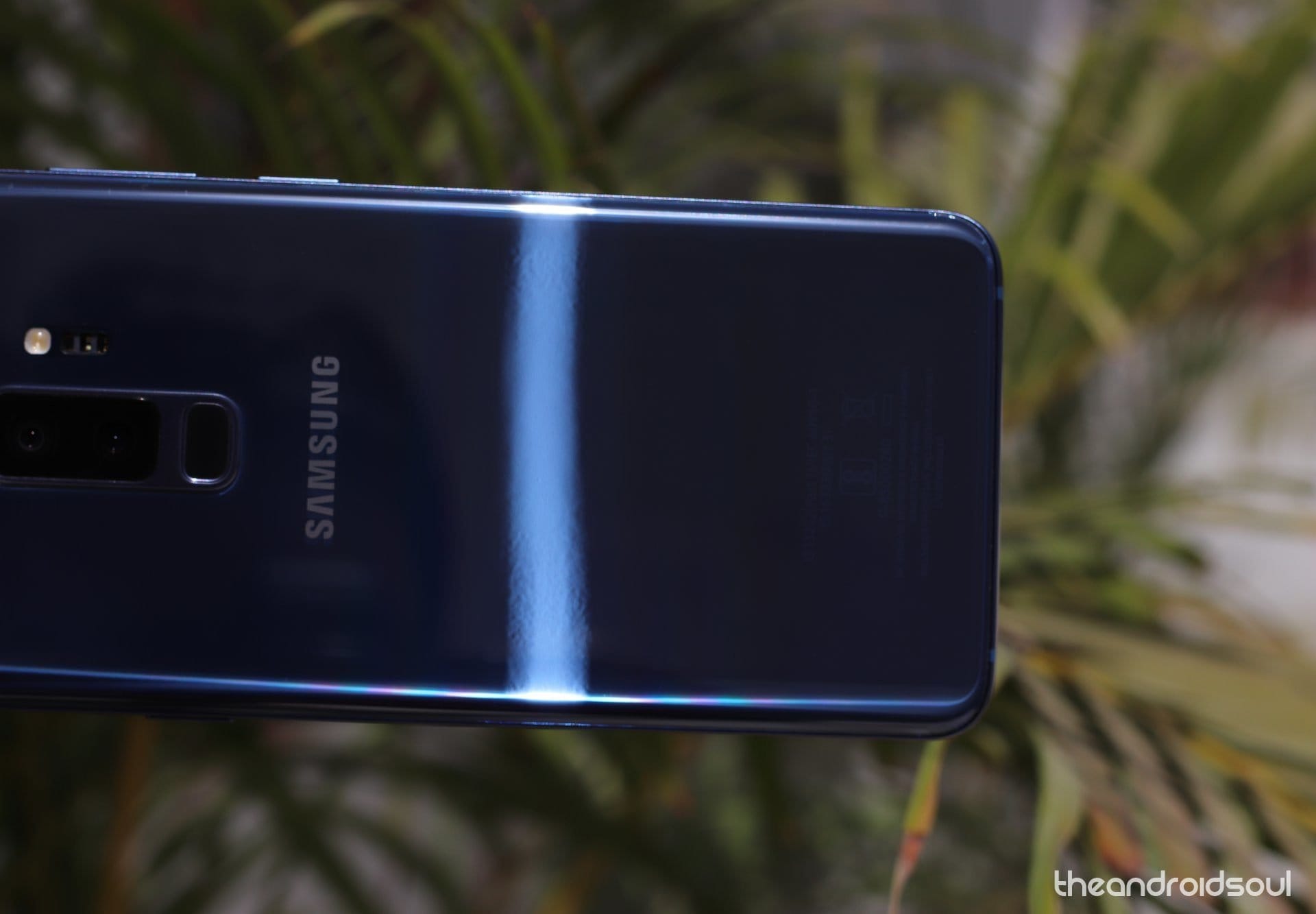Samsung Galaxy S9 and S9+ were made official at the MWC 2018 and will start selling later this month. Being premium phones, Samsung has taken every possible precaution to ensure that your fortune doesn’t get easily damaged.
Despite all the protective measures, be it Corning’s Gorilla Glass 5 or IP68 certification, the Galaxy S9 and S9+ are still vulnerable to damage. While you can easily prevent the phone from breaking by adding a protective case that covers all vulnerable areas of the S9, it’s not possible to completely protect the S9 pair from water damages. This is because several ports and cutouts have to remain open, through which water can easily enter the devices.
Also Read: How to root the Galaxy S9
Samsung knows this, which is why it has a built-in technique of detecting if your Galaxy S9 or S9+ has been a victim of water damage.
How to identify if your Galaxy S9 has water damage
Thanks to what Sammy calls Liquid Detection Indicator (LDI) or Liquid Contact Indicator (LCI), you can easily tell if your Galaxy S9 or S9+ has been affected by water.
The company uses a white field with red or pink “X” marks to indicate that a device has not had any water damage. The moment this indicator comes in contact with water or any liquid for that matter, the “X” marks turn into red or pink smudge and mark across the white field, as shown below.

As pointed out earlier, Samsung knows the most vulnerable parts of the Galaxy S9 and S9+ are the cutouts, for instance, the SIM tray. This is where you’ll find the LDI located – inside the SIM tray slot and just above the SIM frame. The LDI can easily be spotted once the SIM tray is removed from the phone, as shown below.

Although this is a pretty useful tool to have on your Galaxy S9 or S9+, we hope you don’t ever need to use it whatsoever!













Discussion